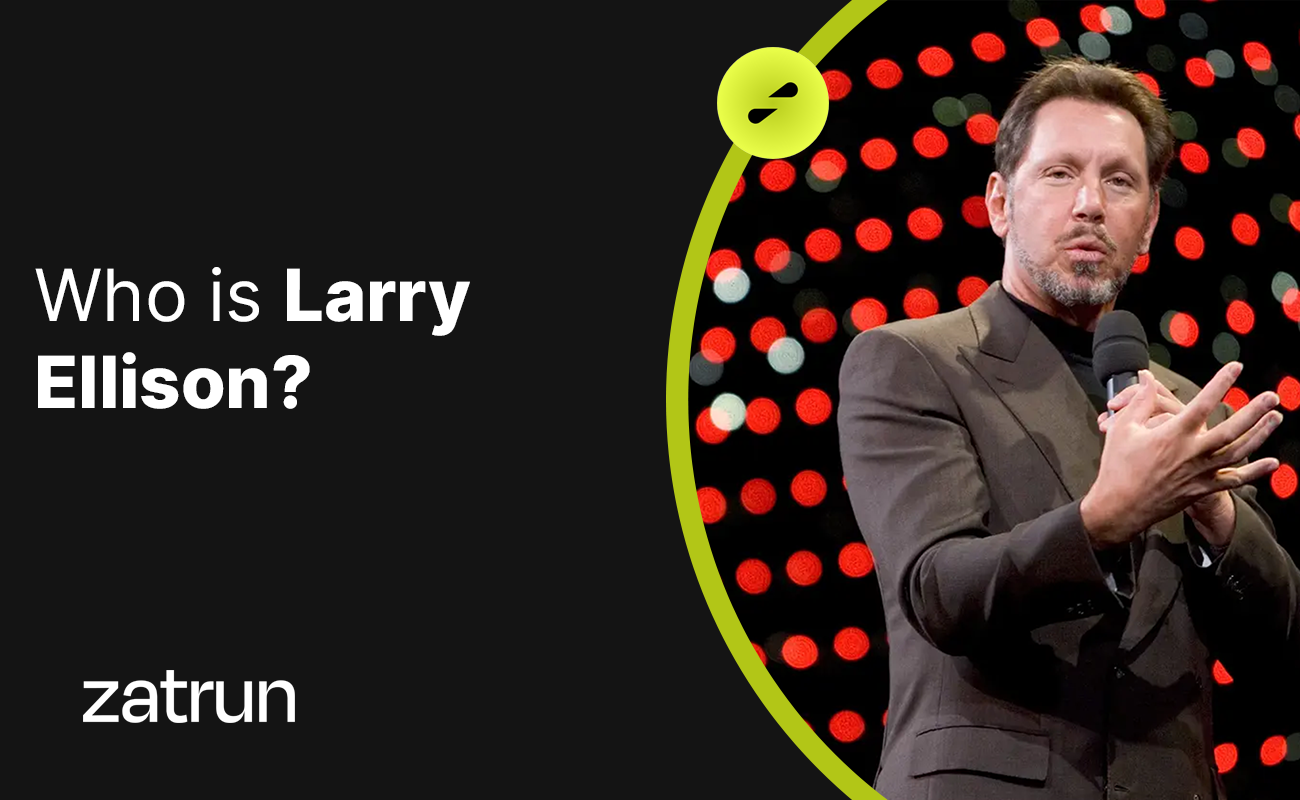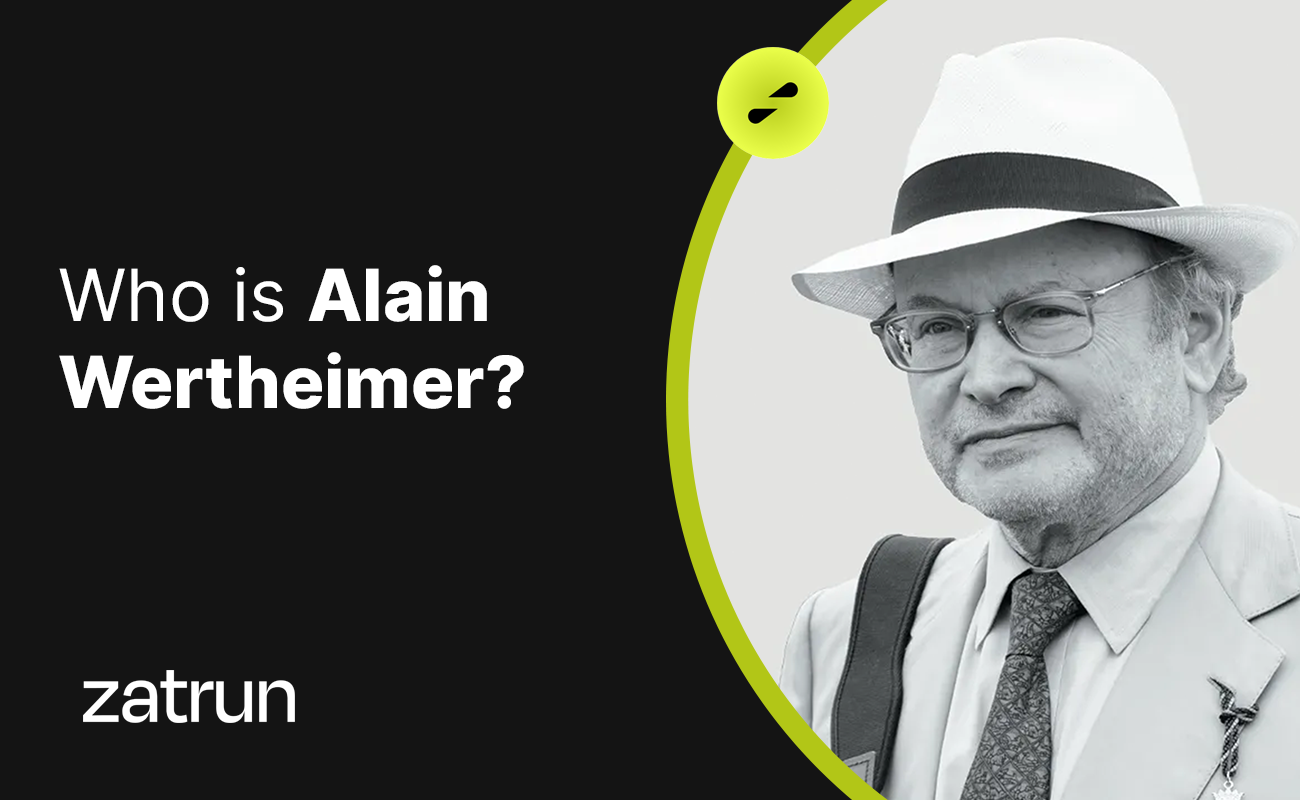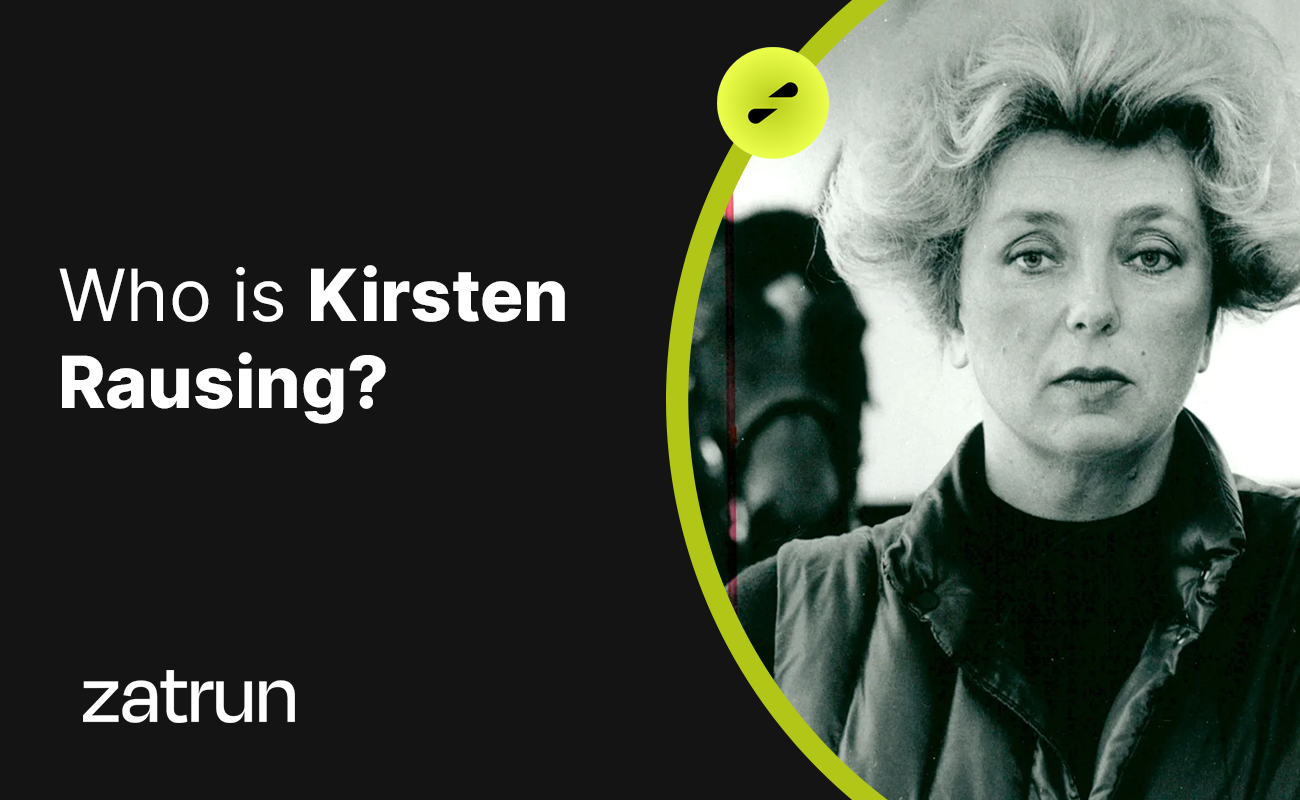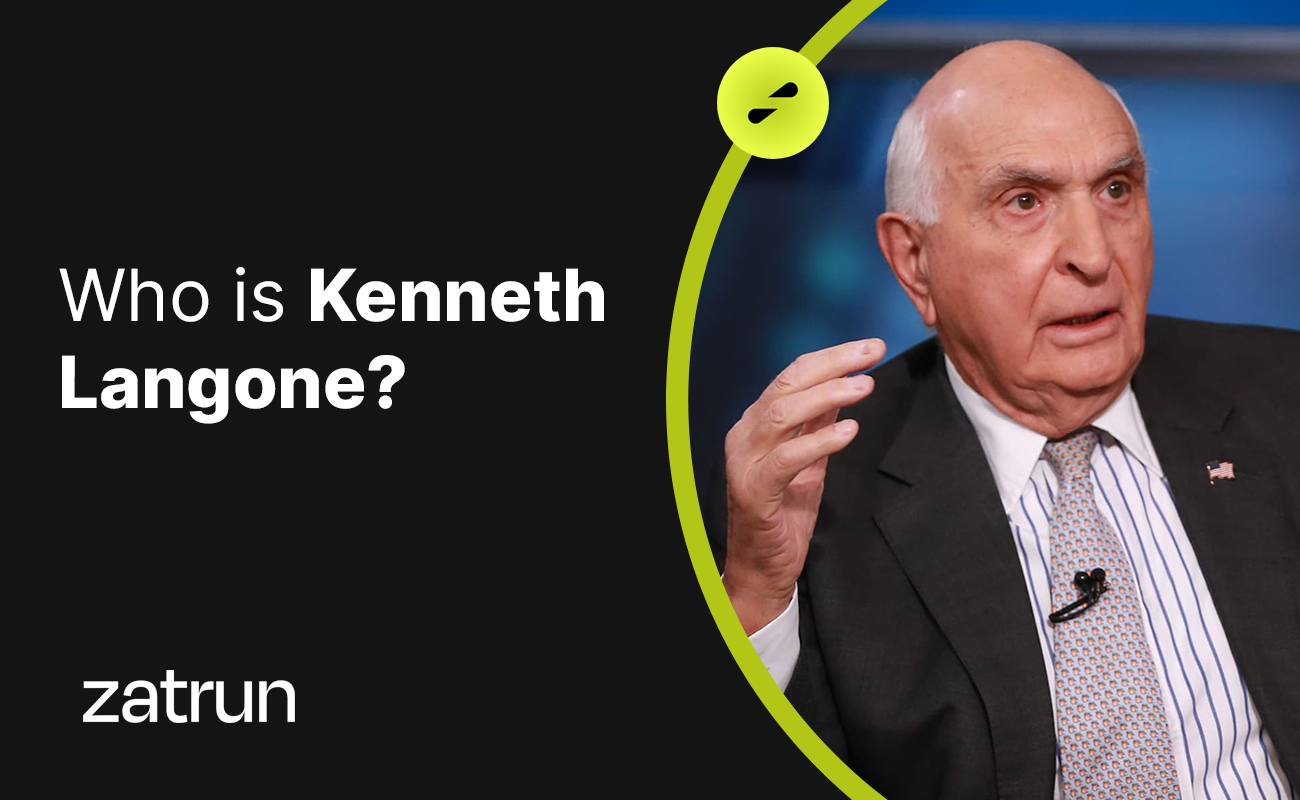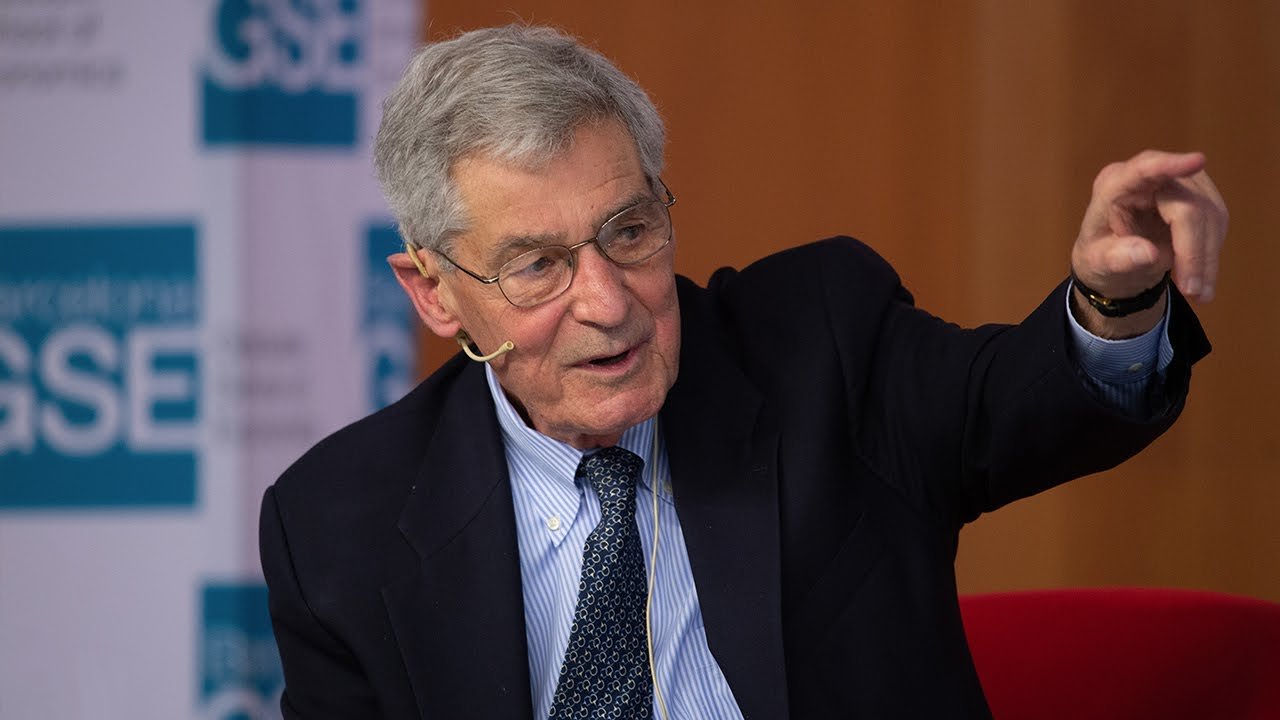Erik Lindahl 101: Who is the Swedish Economist? in our article of Zatrun.com, we will cover in detail everything you need to know about Erik Lindahl, the Swedish economist who our readers are curious about.
Who is Erik Lindahl?
January November 21, 1891 – January 6, 1960) Erik Lindahl was a Swedish economist who served as a professor of economics at Uppsala University from 1942 to 1958 and was President of the International Economic Association from 1956 to 1959.
He advised the Swedish government and the central bank and was elected to the Royal Swedish Academy of Sciences in 1943. Erik Lindahl raised the issue of financing public goods based on individual benefits. The amount of public goods should be such that the total marginal benefit is equal to the marginal cost of providing the goods.

Erik Lindahl’s contributions to economic theory go beyond Wicksellian roots to embrace much of what is found in modern Neo-Walrassian theory. Lindahl’s formulation of the concepts of successive economies and intertemporal equilibrium (1929, 1930) is by far the first rigorous attempt to do so. Lindahl’s expression of a theory of capital (1929, 1939) in intertemporal terms foreshadows Malinvaud’s (1953) famous attempt.
The translation of Lindahl’s concepts to the English-speaking world was carried out by two of his most ardent supporters, John Hicks (1939, 1965) and Friedrich Hayek (1941). Since then, more attention has been paid to his work on “sequence analysis” since the work of Frank Hahn (1973) and Roy Radner (1972). Also, his solution to the pricing of public goods in 1919 is the different remarkable achievement in modern economics by Duncan Foley (1970).
His Contributions to Economic Analysis
The Lindahl tax is a form of taxation in which individuals pay for public goods according to the amount of marginal benefit they receive from them. Paying October, in other words, according to the amount of satisfaction or benefit they get from consuming an additional unit of public goods.

It can be seen as the share that an individual receives from the total tax burden of an economy. October pay for a public good the optimal level of a public good is the amount by which, taken together for all individuals, the willingness to pay for an additional unit of the good is equal to the marginal cost of providing it. Paying October 19, 2019, the Lindahl tax is the optimal amount multiplied by the willingness to pay for an additional unit of goods.
Erik Lindahl was deeply influenced by Knut Wicksell and proposed a method for financing public goods to demonstrate the possibility of compromise in politics. Since people are different by nature, their preferences are also different. That’s why the consensus requires that each individual pays slightly different taxes for each service or good they consume. If the tax value of each person is determined equal to the marginal benefit he receives at the ideal service level, each person will be better off than the provision of a public benefit and will accept the provision of that service level accordingly.
Lindahl Equilibrium:
The Lindahl Balance is a method of determining the optimal level of supply of public goods or services under a Lindahl tax, in which each individual pays for public goods according to their marginal benefits. This happens when the total price paid per unit by everyone is equal to the total cost per unit, resulting in efficiency for the public good. It can be shown that a balance exists for different settings, and this explains how productivity can be maintained in an economy with personalized prices.

Leif Johansen provided a complete interpretation of the concept of the “Lindahl equilibrium”, which assumes that household consumption decisions are based on the cost share they need to provide for a given supply of public goods. The necessary and sufficient condition for such a balance is that the declared willingness exceeds the cost of procurement, and the minimum willingness to pay is positive and non-zero.
The importance of the Lindahl Equilibrium is that it satisfies the Samuelson condition and, therefore, is Pareto effective even if the property is public. It also shows how efficiency can be achieved in an economy with public goods by using personalized prices that equalize the individual valuation of public goods to their cost.


